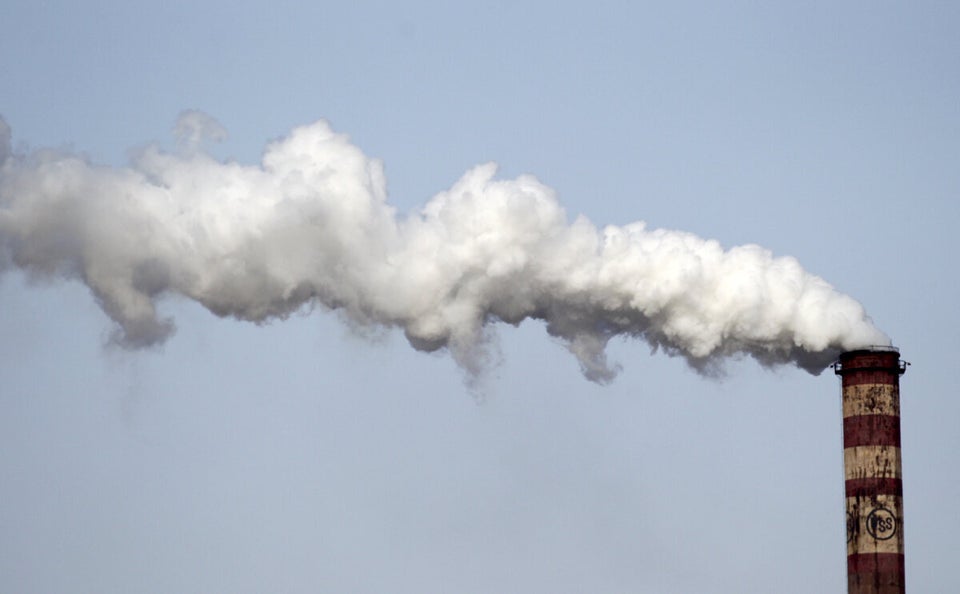It's difficult to imagine what it looks like to dig the current 1.5-million barrels of tar sands out of the Boreal Forest each day. So what would it look like if industry gets its way to dig up 5.2-million barrels a day by 2030? We've crunched the numbers and it's not looking pretty.
Current tar sands impacts are pretty scary: tens of millions of litres of toxic tailings leaking into the water system each day, spikes in toxic air pollution that far exceed international regulations, tens of thousands of First Nations treaty violations, species and precious ecosystems on the brink of collapse, and climate pollution so large it's equivalent to that of the entire country of Portugal.
Now take that image and triple it. Industry and government want to triple tar sands production from 1.5-million barrels per day in 2010 to 5.2-million barrels per day by 2030. Even worse, beyond 2030 industry would like to see that number grow to over 9-million barrels a day.
It's time for a reality check. New analysis of the impacts of planned oilsands growth paints a very frightening picture of the devastating consequences of this projected expansion. If industry gets away with its expansion plans, here are just a few of the worrying consequences we can expect for directly impacted communities and those far beyond Alberta's borders:
•Air pollution known to cause higher rates of asthma and early deaths will escalate, including a roughly 230 per cent increase in nitrogen oxide emissions, a 160 per cent increase in sulfur dioxide emissions, and a 190 per cent increase in particulate matter.
•Toxic waste from mining operations will increase more than 150 per cent.
•Carbon pollution -- the pollution that causes global climate change -- will increase by about 250 percent.
•Fresh water use will increase more than 170 per cent threatening healthy river flows on the Athabasca River and Boreal forest wetlands *.
Don't get me wrong. This expansion is not a forgone conclusion, but it is a warning. A lot of things are standing between industry's vision and reality -- not the least of which is the incredible people power that is growing to stand up for a safe climate future and protection from dangerous tar sands pipelines and impacts.
With warnings from the International Energy Agency that we need to keep two thirds of known fossil fuels in the ground to avoid two degrees of global warming, tar sands expansion has catastrophe written all over it.
The numbers we've crunched about the consequences of reckless expansion remind us of the type of future we don't want. Let's turn our attention to building the future we do want -- a future powered by the safe, clean and renewable energy that we deserve. Our children and grandchildren deserve a safe future, but we need to start making some important changes today in order for that to happen.
Don't forget to visit www.tarsandsrealitycheck.com for the truth about the tar sands.
* These projections are based on analysis by the Canadian-based Pembina Institute analyzing future upstream impacts from tarsands production by calculating intensities on a per barrel basis for air emissions, greenhouse gas emission, water use, and tailings production using publicly available historical data from 2009 onwards. The Pembina Institute relied on data from the Government of Alberta, the Government of Canada, industry sources, and academic papers. The methodology involved developing weighted intensity averages by the production volume of the projects. Jennifer Grant, Eli Angen, and Simon Dyer, "Forecasting the impacts of oilsands expansion," The Pembina Institute. June 2013.
About ENVIRONMENTAL DEFENCE: Environmental Defence is Canada's most effective environmental action organization. We challenge, and inspire change in government, business and people to ensure a greener, healthier and prosperous life for all.
